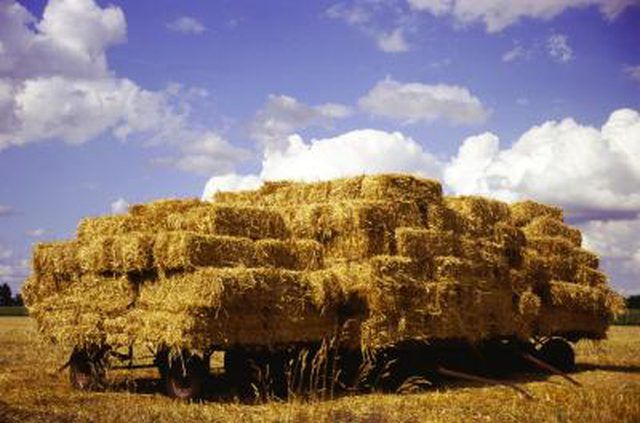Bulbs
Flower Basics
Flower Beds & Specialty Gardens
Flower Garden
Garden Furniture
Garden Gnomes
Garden Seeds
Garden Sheds
Garden Statues
Garden Tools & Supplies
Gardening Basics
Green & Organic
Groundcovers & Vines
Growing Annuals
Growing Basil
Growing Beans
Growing Berries
Growing Blueberries
Growing Cactus
Growing Corn
Growing Cotton
Growing Edibles
Growing Flowers
Growing Garlic
Growing Grapes
Growing Grass
Growing Herbs
Growing Jasmine
Growing Mint
Growing Mushrooms
Orchids
Growing Peanuts
Growing Perennials
Growing Plants
Growing Rosemary
Growing Roses
Growing Strawberries
Growing Sunflowers
Growing Thyme
Growing Tomatoes
Growing Tulips
Growing Vegetables
Herb Basics
Herb Garden
Indoor Growing
Landscaping Basics
Landscaping Patios
Landscaping Plants
Landscaping Shrubs
Landscaping Trees
Landscaping Walks & Pathways
Lawn Basics
Lawn Maintenance
Lawn Mowers
Lawn Ornaments
Lawn Planting
Lawn Tools
Outdoor Growing
Overall Landscape Planning
Pests, Weeds & Problems
Plant Basics
Rock Garden
Rose Garden
Shrubs
Soil
Specialty Gardens
Trees
Vegetable Garden
Yard Maintenance
How to Kill Weed Seeds in Hay
How to Kill Weed Seeds in Hay. Hay brings a lot to the garden. A thick layer of organic mulch such as hay or straw smothers weeds and keeps them from taking over walkways and the spaces between plants. It also holds in moisture so that your plants don’t dry out too quickly, and when tilled in at the end of the season, mulch adds nutrients as...

Hay brings a lot to the garden. A thick layer of organic mulch such as hay or straw smothers weeds and keeps them from taking over walkways and the spaces between plants. It also holds in moisture so that your plants donít dry out too quickly, and when tilled in at the end of the season, mulch adds nutrients as it lightens the soil. To make sure your hay doesnít also bring along its own crop of weeds, treat the hay in the sun using a process called solarization before using it in or near your garden.
Things You'll Need
Hay bale
Clear plastic
Duct tape
Solarization
Place a bale of hay in a location near the garden where it will receive full sun every day.
Soak the hay bale completely either by applying a lot of water from one side and letting it soak in or by soaking one side, then rolling the bale and soaking it on the other side as well.
Wrap the wet bale in clear plastic. Roll the bale in the plastic so that all sides are covered.
Tape the ends and seams of the plastic down with duct tape so that the bale is totally sealed inside.
Leave the bale in place for at least two weeks to kill all the weed seeds it contains.
Soaking
Place the hay bale in a convenient location near your garden. Leave the string on it.
Water the hay until the bale is well-soaked. Leave it alone and allow any seeds in the bale to sprout until thereís an inch or two of green growing on it.
Break the bale apart and spread the hay to kill any seeds that have sprouted.
Tips & Warnings
Substitute straw for hay when possible. Straw is much less likely to contain weed seeds than hay, making it more suitable for many projects such as mulching. Itís still a good idea to use solarization on straw, since straw often contains some grains that will eventually sprout if itís not treated.
A good soaking and plenty of time in the sun are key elements in ensuring that all weed seeds are killed, even those lurking down in the center of the bale.
In some cases you may be able to find weed-free hay. While such hay may actually contain some types of weed seeds, it has been checked and certified to be essentially free of noxious weeds and undesirable plants.
Hay that has already begun to decompose generally doesnít need this treatment, since any weed seeds it contains will have already sprouted and died by the time the decomposition becomes obvious.
First-cutting hay typically has more weeds seeds to deal with than hay that is cut later in the season.
The hay bale can be soaked and wrapped anywhere and then moved to a sunny spot, but a heavy, wet bale is harder to move.
Donít try to rush the process, since if you pull the bale out of the plastic too soon, youíre likely to end up with viable weed seeds left in the center of the hay. Leave it in place at least two weeks.